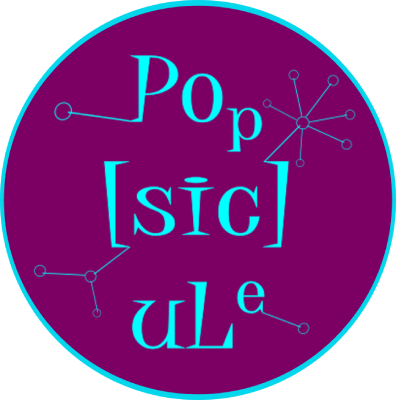By Dr Emma Rehn – A ‘Science & Humour’ Project (extract, SCOM6006, 2022)
Comics have great potential as science communication tools, with most research to date has focused on comics in educational settings with some work on comics for public engagement with science. This project builds on a growing field of research into humorous comics for science communication, particularly when combined with social media to increase audience reach. — This project is a series of eight standalone comics, each presenting an animal science fact which corrects a common misconception. The intended audience for the project is English-speaking users of Instagram and Twitter, specifically users willing to engage with comics. The comics in this project have been designed to require no prior knowledge of science, allowing any users of either platform to engage with these comics for both education and enjoyment.
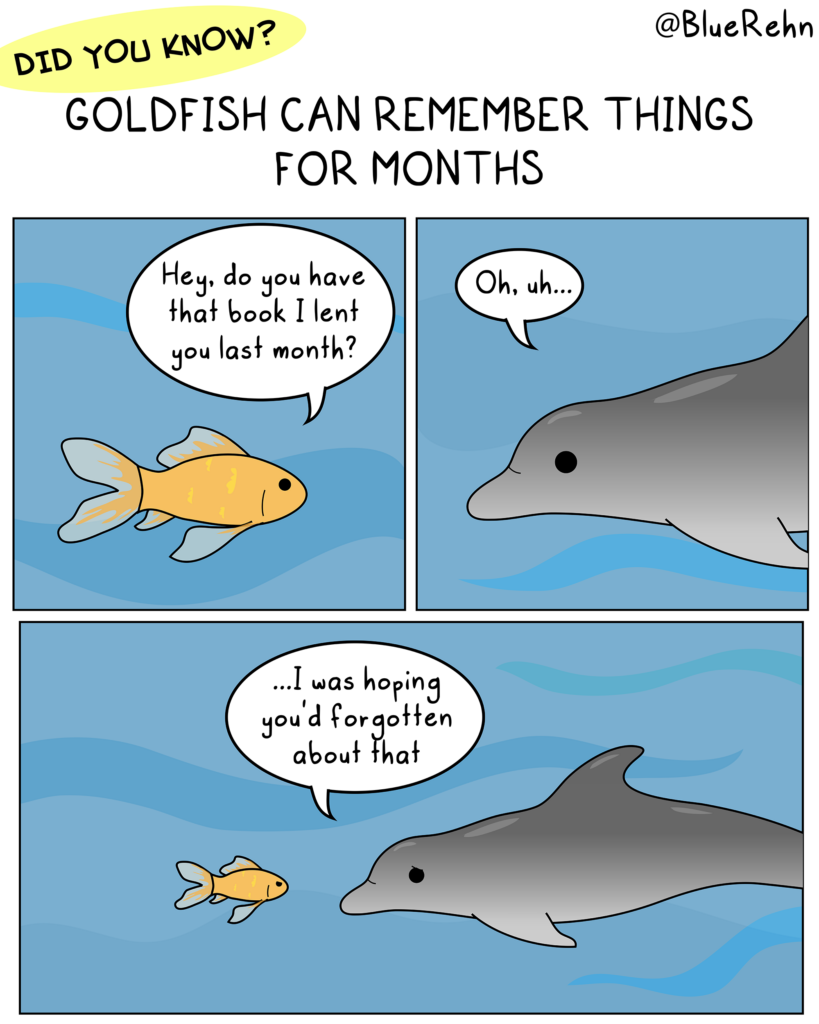
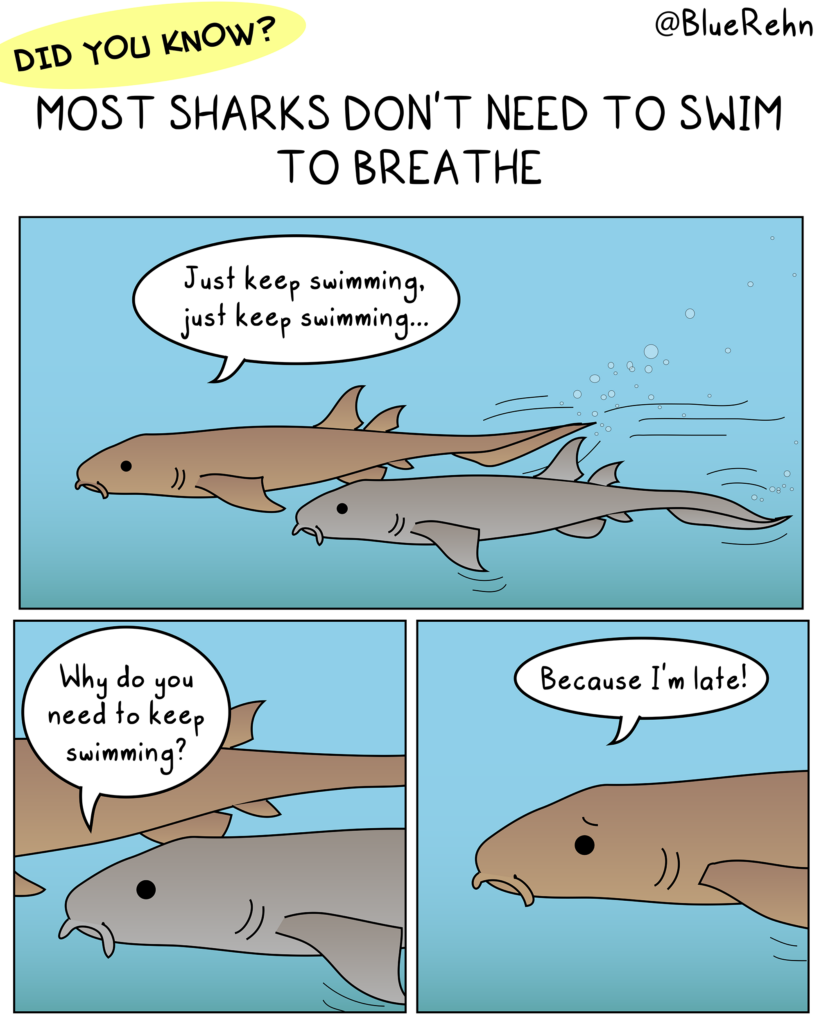
Animals and Anthropomorphism
The scientific content in this project is biological facts about animals that conflict with commonly held misconceptions or myths, and that do not require a scientific background to understand. Facts specific to animals were selected as a unifying theme across the eight comics, as animal characters, stories, and content are pervasive in popular media and on social media platforms, including anthropomorphic animals.
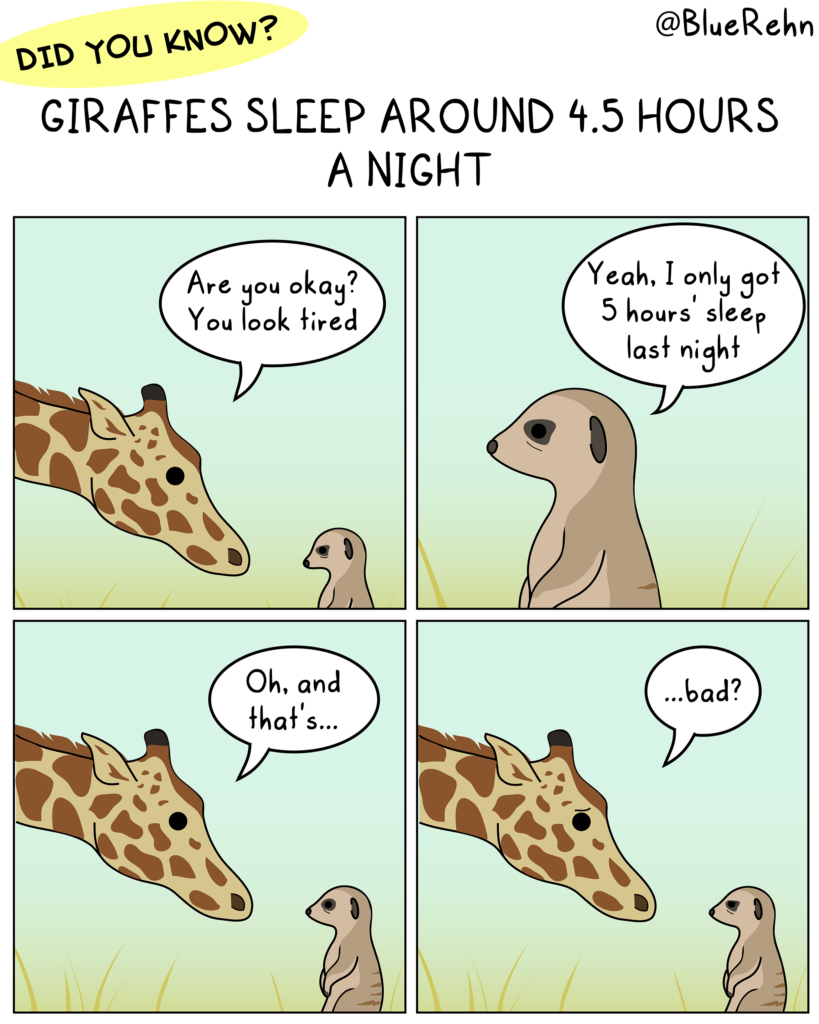
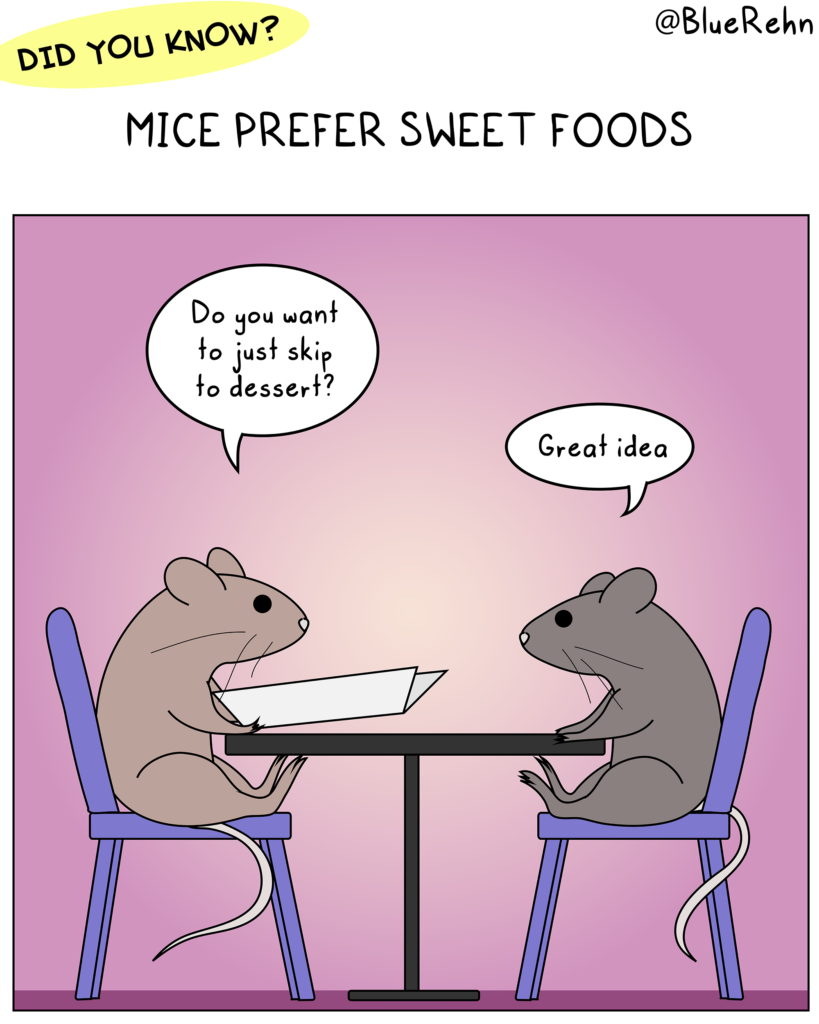
Anthropomorphism can be useful for communicating complex scientific content approachable and understandable, but it is a compromise between scientific accuracy and ease of understanding. The comics in this project portray animals with human qualities (such as speech and human facial expressions) to increase the recognition, interest, empathy and compassion of readers to the animal characters. This allows for the animals relevant to each animal fact to be central characters in their associated comic. While anthropomorphism is itself unscientific, it is assumed that readers will recognise anthropomorphism as a metaphorical device, common to cartoon formats.
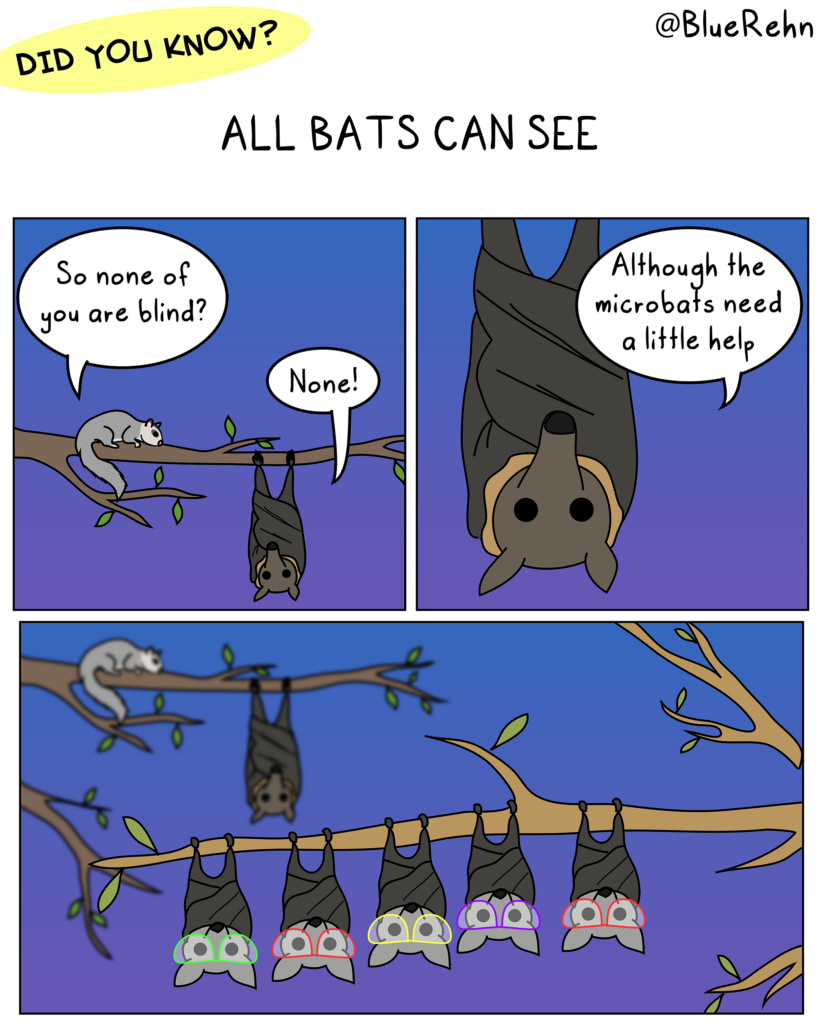
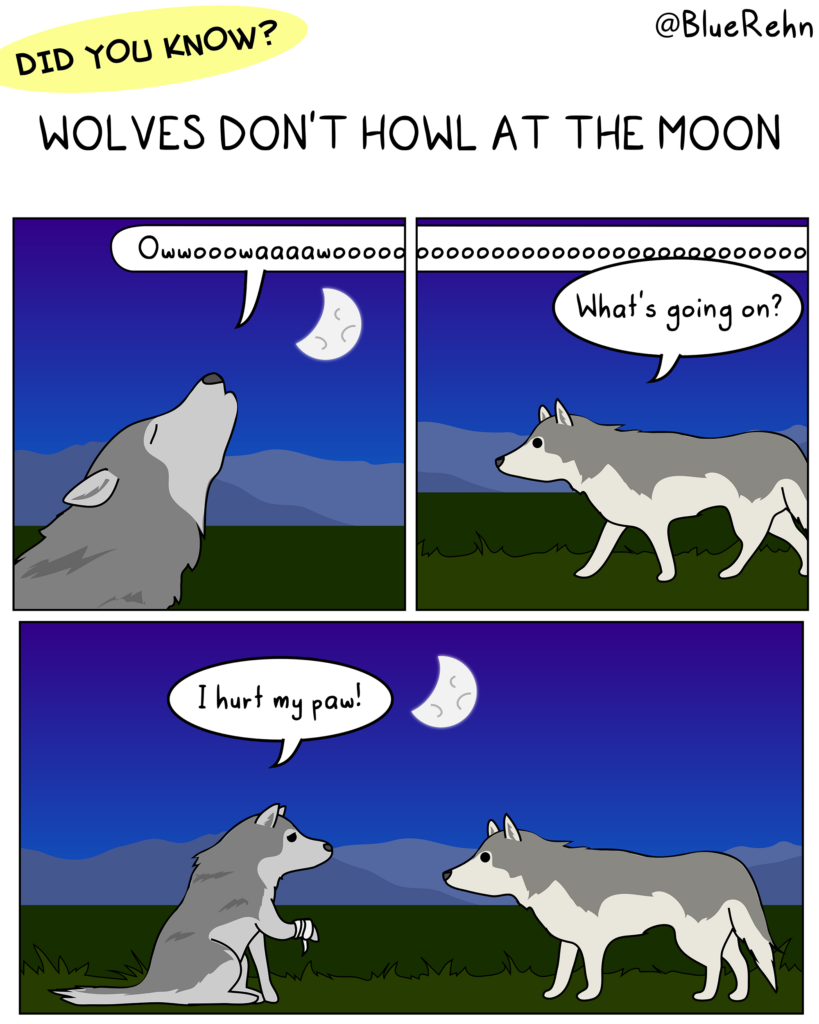
Humour and Correcting Misconceptions
The comics in this project are designed to use humour, along with the visuals, text, and sequential storytelling inherent to the comic format, to make scientific content engaging and accessible. Importantly, humour is used purposefully in this project to enhance understanding and memory of the scientific content in each comic rather than distracting from it; the joke in every comic is centred on the animal fact that it presents. Critically, the only background knowledge needed to understand each joke is presented in text at the top of each comic, thereby using humour to share knowledge rather than exclude audiences that did not already know the scientific fact.
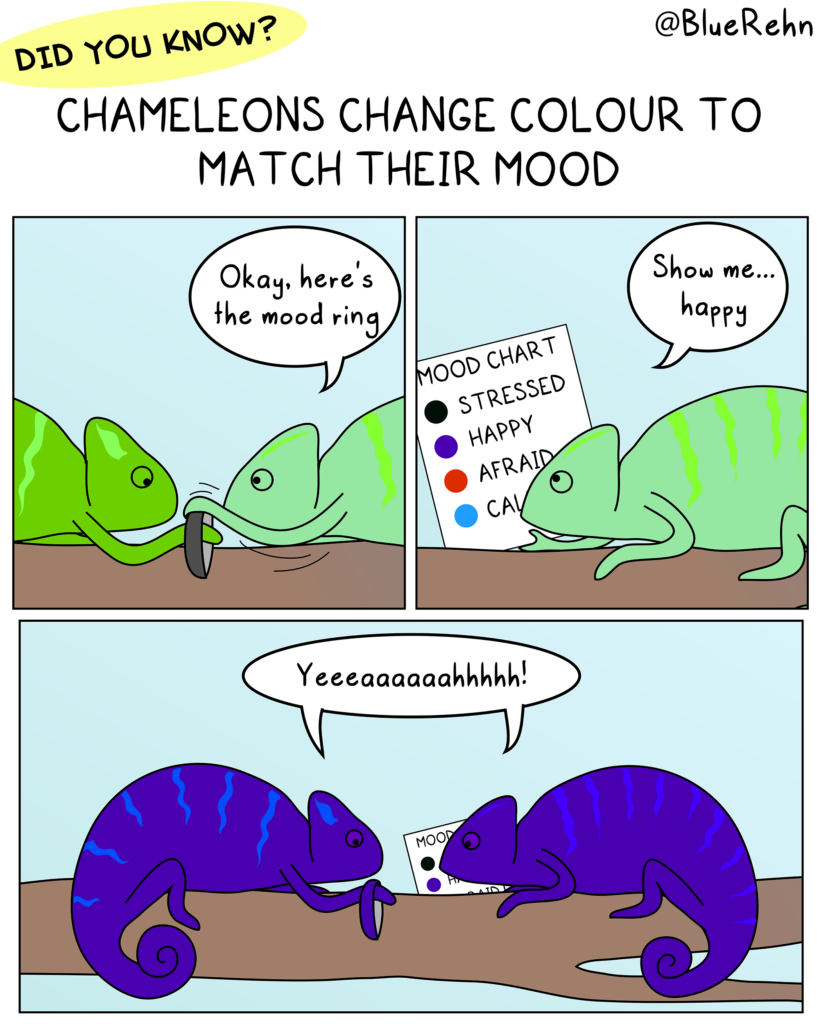
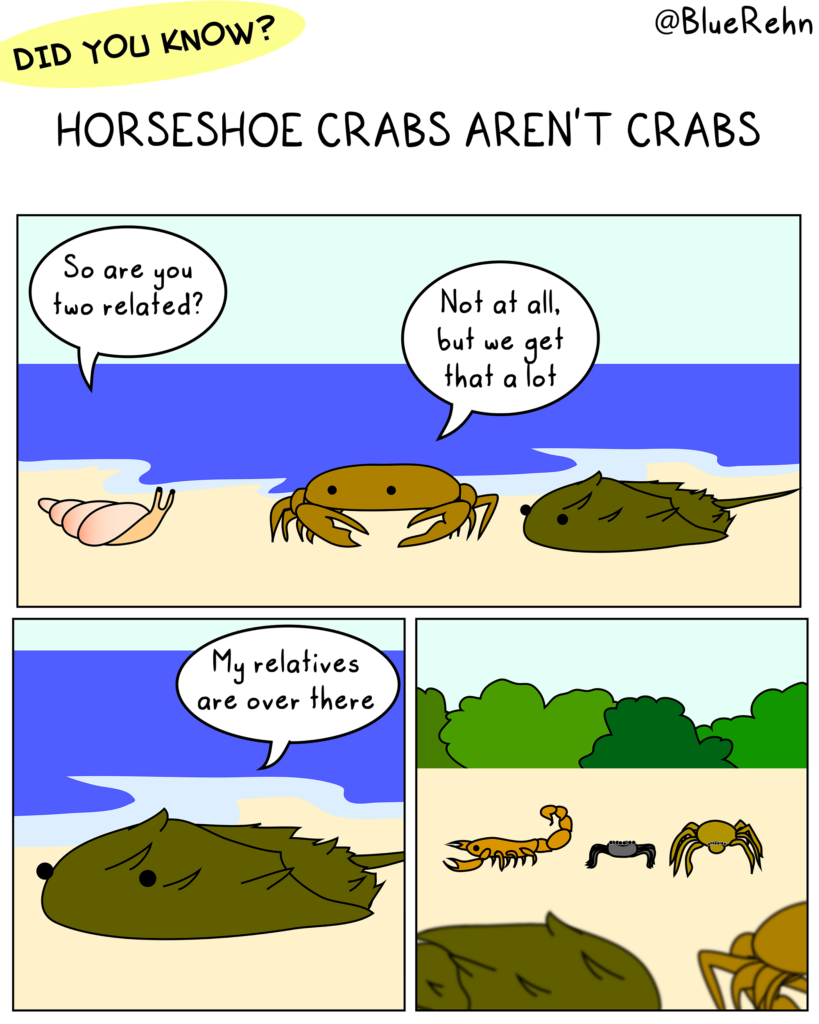
This project incorporates recommendations from research on effective methods for countering misinformation. Effective myth corrections should emphasise facts to avoid reinforcing misinformation, and corrections should also be presented simply, as “information that is cognitively easier to process is more likely to be accepted as true”. The comics each present one fact upfront in text, do not repeat the myth they are correcting, and reinforce the fact through humour in the visuals and text of the comic itself. While the comics themselves are presented too simply to comment on data sources or scientific validity, readers will be referred to open access academic sources to support each fact in the accompanying text when posted on social media. This project does not address the (in)credibility of the myths it corrects, as full focus is given to scientifically validated content.
For further reading
– Farinella, M. (2018). The potential of comics in science communication. Journal of Science Communication, 17(1), Y01.
– Jonsson, A., & Grafström, M. (2021) Rethinking science communication: Reflections on what happens when science meets comic art. Journal of Science Communication, 20(2), Y01.
– Lin, S-F., Lin, H-S., Lee, L., & Yore, L.D. (2015) Are science comics a good medium for science communication? The case for public learning of nanotechnology. International Journal of Science Education, Part B, 5(3), 276-294.
– Riesch, H. (2015) Why did the proton cross the road? Humour and science communication. Public Understanding of Science, 24(7), 768-775.
